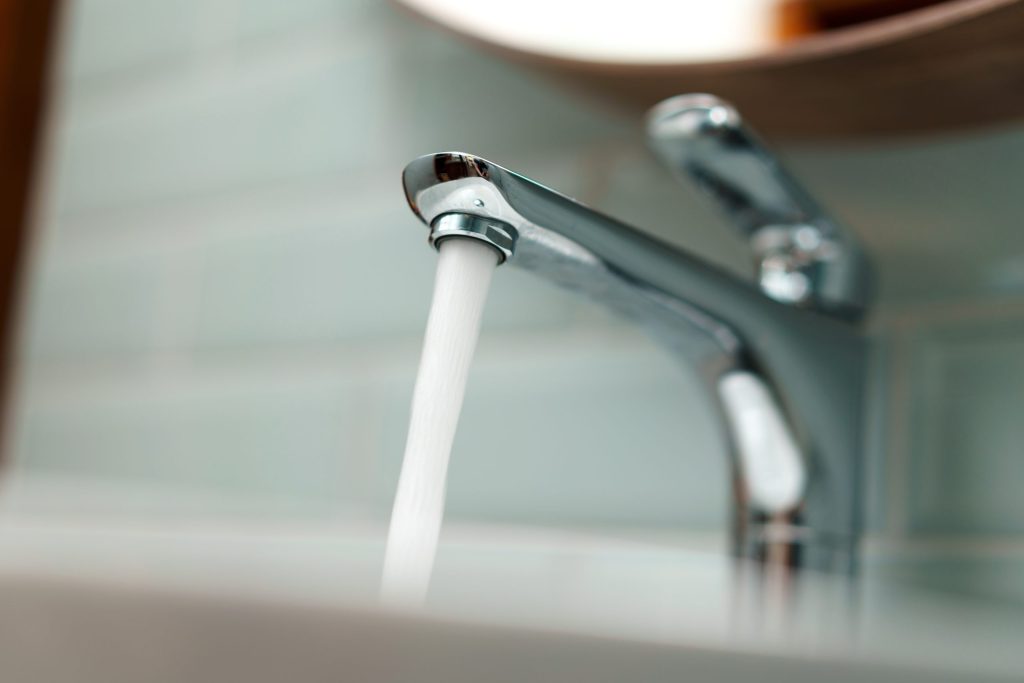A private water well is a great asset, offering independence from municipal systems and consistent access to fresh groundwater. But like any system in your home, it can develop issues over time. Understanding common water well problems and solutions can help you respond quickly, prevent major damage, and maintain a safe, reliable water supply. Whether you’ve noticed changes in water pressure, strange odors, or a complete loss of flow, knowing what to look for and how to fix it can make all the difference.
Even the most dependable well systems can run into trouble. By understanding these common water well problems and solutions, you’ll be better prepared to act when something seems off. Here are some of the most common water well system issues homeowners face and how to resolve them.
Low or Inconsistent Water Pressure
One of the most common complaints among well owners is poor or fluctuating water pressure. You might notice it when showering, doing dishes, or using outdoor faucets. Inconsistent pressure can be caused by multiple factors, including a failing pressure tank, sediment buildup in pipes, or a pump that’s beginning to wear out.
Solution:
Start by checking the pressure tank to ensure it’s properly charged and functioning. If the issue is related to the pump or clogged lines, a professional inspection may be needed to replace or clean the affected components. Routine maintenance can help prevent this issue from recurring.
Air Sputtering from Faucets
If air sputters from your faucets when you turn them on, it can be both alarming and inconvenient. This typically results from air entering the plumbing system and is often due to a drop in water level or a leak in the suction line between the pump and the well.
Solution:
Have a professional check the water level in your well. If it has dropped too low, the pump may need to be adjusted or lowered. A cracked or loose pipe can also allow air into the system and will need to be repaired or replaced to eliminate the sputtering.
No Water Flow at All
A total loss of water can disrupt your entire household. This type of issue typically has a few possible causes: an electrical failure, a broken pump, or an empty or severely depleted well.
Solution:
First, check the circuit breaker to see if the pump has lost power. If power isn’t the issue, it may be a mechanical failure in the pump or motor. In some cases, the groundwater level may have dropped below the depth of the pump intake. A qualified technician can run diagnostics to pinpoint the problem and recommend whether a repair, pump replacement, or deeper well is needed.

Dirty or Cloudy Water
Cloudy, gritty, or discolored water is a sign that something is interfering with the purity of your well supply. It could be sediment stirred up during high usage, surface runoff entering the well, or even deterioration in the well casing.
Solution:
Sediment filters can help in cases where minor particles are entering the system. However, if the issue persists or worsens, it’s important to inspect the well structure itself. A damaged casing or poorly sealed well can allow unwanted debris and contaminants into your water, making repairs necessary to protect long-term water quality.
Strange Tastes or Odors
If your water has a metallic taste or smells like rotten eggs, it’s a red flag. These issues are typically caused by naturally occurring minerals like iron or manganese, or by sulfur-reducing bacteria that produce hydrogen sulfide gas.
Solution:
Having your water tested is the first step in identifying the source of the problem. Depending on the results, filtration systems such as activated carbon or oxidizing filters can be installed to remove the offending minerals or gases. In some cases, shock chlorination may be used to kill odor-causing bacteria.
High Energy Bills
An often-overlooked sign of a well problem is an unexplained spike in electricity costs. If your pump is running more frequently or for longer periods, it can significantly drive up your power bill. This usually indicates that the pump is struggling, either because of inefficiency, leaks in the system, or a malfunctioning pressure switch.
Solution:
Have your pump and control systems inspected. An overworked pump can burn out faster, leading to even higher repair costs down the road. Servicing or replacing the pump can restore both efficiency and affordability to your water system.
Short-Cycling Pump
Short-cycling is when the well pump turns on and off too frequently, often within seconds or minutes. This puts stress on the pump, reducing its lifespan. It can be caused by a waterlogged pressure tank, a faulty pressure switch, or issues with the pump’s control system.
Solution:
First, the pressure tank should be checked to see if it’s holding air properly. If not, it may need to be re-pressurized or replaced. If the tank is in good shape, further inspection of the pressure switch or other electrical components is necessary to resolve the issue.
Trust A1 Well Drilling and Pump Service to Keep Your System Running
When dealing with water well problems and solutions, it’s important to work with a team that understands every aspect of the system. At A1 Well Drilling and Pump Service, we’ve spent decades helping homeowners identify and resolve issues quickly and effectively. From routine maintenance to full system diagnostics, we have the expertise and tools to keep your water flowing reliably and safely.
If you’re experiencing any of the problems above, or just want peace of mind about your well’s performance, contact us. We’ll assess the situation, explain your options clearly, and provide the professional service you deserve. Whether it’s a simple fix or a more involved repair, A1 Well Drilling and Pump Service can handle it.
Water Well Problems and Solutions FAQs
Why is my well water pressure low or inconsistent?
Low pressure can be caused by issues with the pressure tank, clogged pipes, or a failing pump. A professional inspection can identify and fix the source of the problem.
What does it mean if air sputters from my faucets?
Air in the water lines usually indicates a drop in the water level or a leak in the suction line. A technician can check the water level and inspect for leaks to resolve it.
What should I do if I suddenly have no water?
First, check your circuit breaker. If that’s not the issue, the pump may have failed, or your well may be dry. A professional can run diagnostics to determine the cause.
Why is my well water dirty or cloudy?
Discoloration is often due to sediment, runoff, or casing damage. A sediment filter may help, but persistent issues require a well inspection and possible repairs.
What causes strange smells or tastes in well water?
Metallic tastes or sulfur smells are typically caused by minerals or bacteria in the water. Testing and installing the right filtration system can eliminate these problems.
Why has my electric bill increased suddenly?
A well pump that runs too often or inefficiently can cause a spike in energy use. It may be time to inspect, service, or replace the pump.
What is short-cycling, and why is it bad for my pump?
Short-cycling happens when the pump turns on and off too frequently. This stresses the system and often points to a faulty pressure tank or switch that needs servicing.





